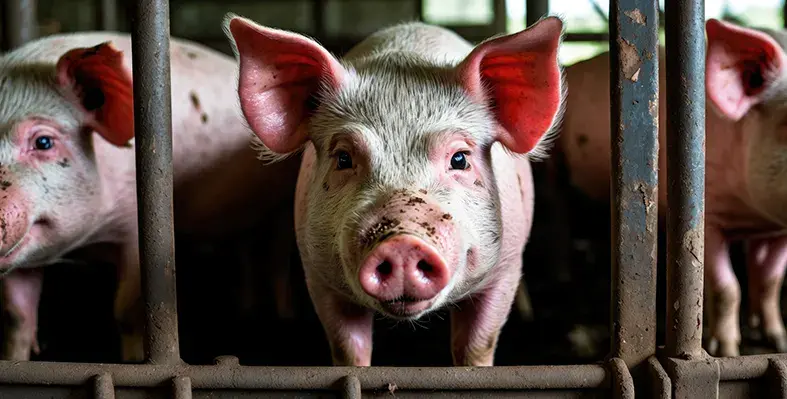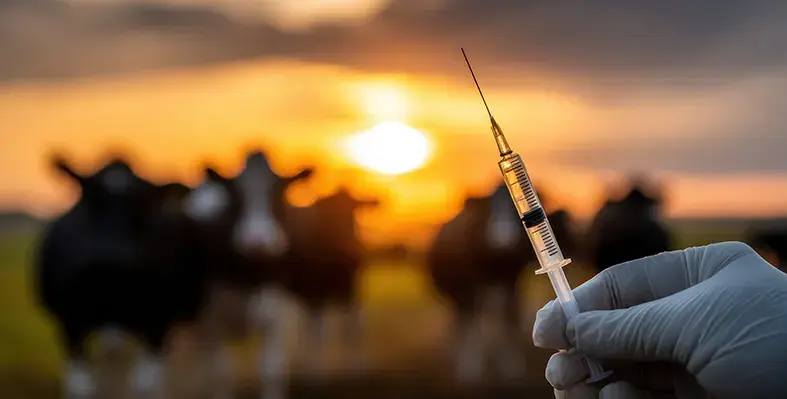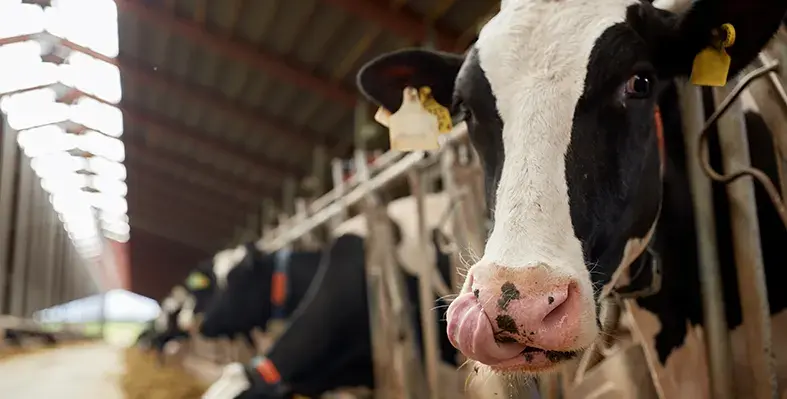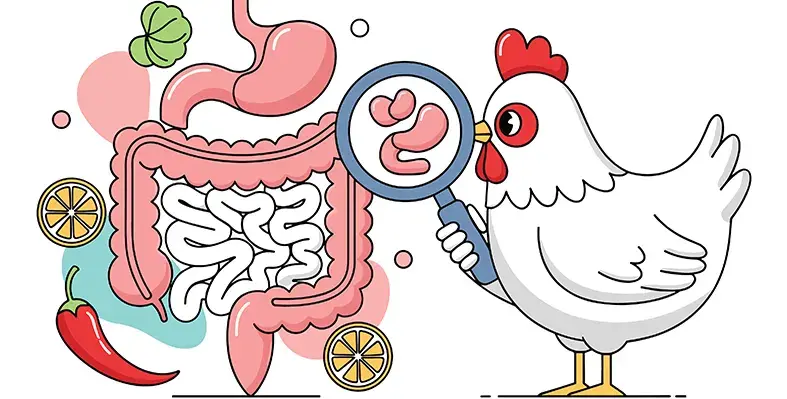
The main goal of PigSmart is to strengthen veterinary and extension support by providing farmers with timely.
Uganda is taking a significant step towards digitising its agricultural advisory services with the launch of PigSmart, a mobile messaging platform designed to support smallholder pig farmers
Rolled out by the Ministry of Agriculture, Animal Industry and Fisheries (MAAIF) in September 2025, the initiative is supported by the International Livestock Research Institute (ILRI) and the CGIAR Initiative on Sustainable Animal Productivity.
The main goal of PigSmart is to strengthen veterinary and extension support by providing farmers with timely, practical information tailored to their needs. The platform uses a combination of voice messages and printed materials to deliver knowledge in a user-friendly and accessible way.
The pilot phase began in late 2024 across four central districts—Mpigi, Masaka, Mukono, and Wakiso. Over 1,200 farmers from 55 farmer groups participated. They received audio skits in Luganda, covering essential pig farming topics such as feeding, breeding, health care, manure management, and coping with heat stress. These messages were reinforced with printed brochures and a comprehensive herd health manual.
An evaluation carried out in November 2024 showed clear results: farmers who used PigSmart demonstrated significantly better understanding and adoption of good farming practices. In fact, the platform became the main source of information for 30–50% of users, even outperforming traditional advice channels such as peer-to-peer knowledge sharing, extension agents, and printed leaflets.
In April 2025, the pilot expanded to Kalangala District, an island in Lake Victoria where fishing has long been the dominant livelihood. As part of a shift towards farming, 12 veterinary extension officers were trained to use PigSmart’s multimedia tools to help islanders make the transition to pig production.
This work led to a broader government initiative in July 2025, where 500 farmers—including 393 women and 107 men—received two piglets each. The aim was to support household incomes and promote food security, building on the practical knowledge shared via the PigSmart platform.
The early success of PigSmart shows strong promise for expanding the service nationally. With digital tools becoming increasingly vital for rural development, Uganda is setting an example of how simple, localised technology can transform agricultural support systems and improve livelihoods.











